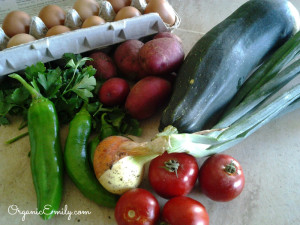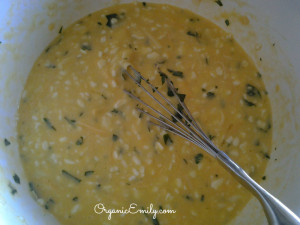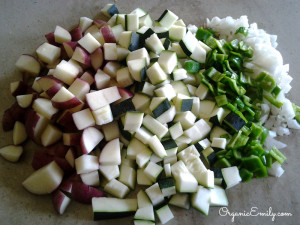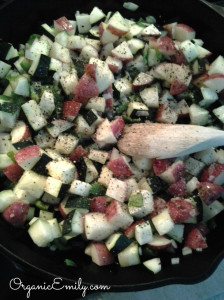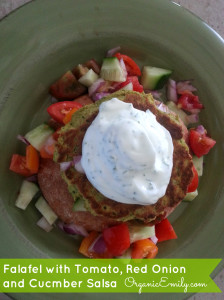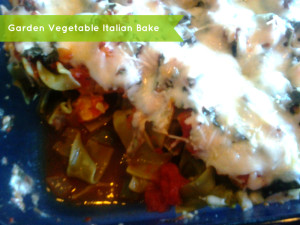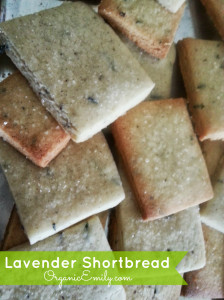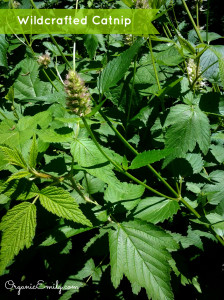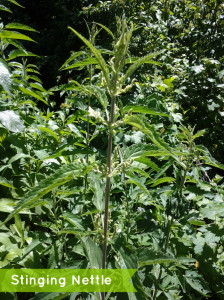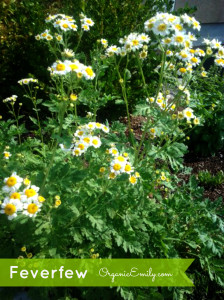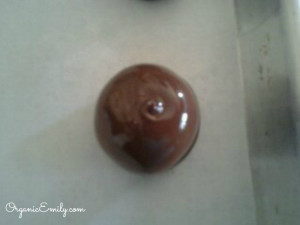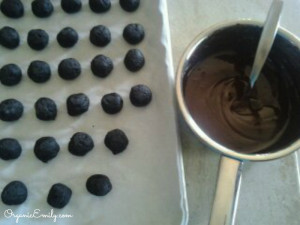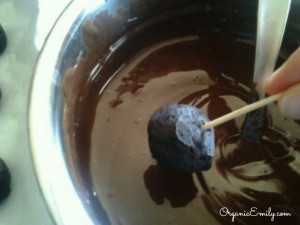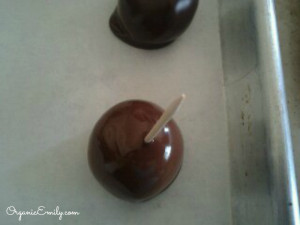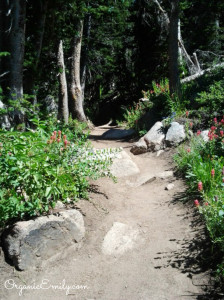
Fridays are usually my field trip days with the kids. We have been doing quite a bit of hiking this summer with my parents and have seen some amazing sights here in our beautiful state! Over the past weekend we went up to Albion Basin (Little Cottonwood canyon just past the Alta ski resort). I have to say it was by far my favorite hike this year and full of more wild flowers than you can imagine! If you want to go hiking do it soon before the blooms are gone! We hiked all the way up to the top where the trail takes you to an overlook of Katherine lake down into Big Cottonwood canyon. It was a very doable 1 mile from where we started. We decided to take another trail just .5 of a mile to Sunset Peak to overlook all 4 lakes down in Big Cottonwood; Katherine, Martha, Mary and Silver! It was breath taking! Here are some of my favorite blooms I identified along our walk. There are a few that I loved and didn’t know the names for. If you can identify them, I’d love to know what they are! 🙂
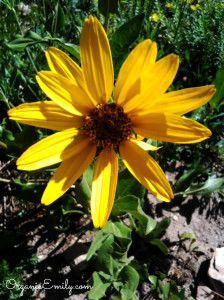
Arnica – this native flower was growing in fields along side the mountain and is part of the daisy family. It’s flowers are used fresh or dry to infuse oil for sore muscles, bruises and swelling.
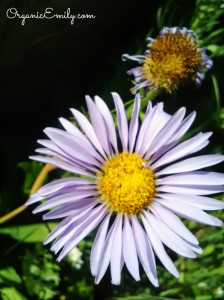
Aster – usually a fall bloomer in the valley
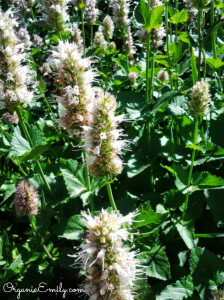
Catnip – part of the mint family and is great used medicinally as a digestive aid. It can also be used to relieve tension.
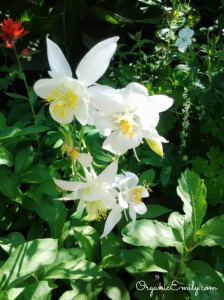
Columbine – this flower is always prettiest in the mountains to me!
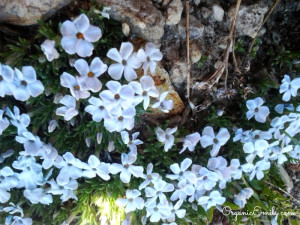
Creeping Phlox – we found this one at the very top in very sandy soil. It’s fragrance was very close to a gardenia!
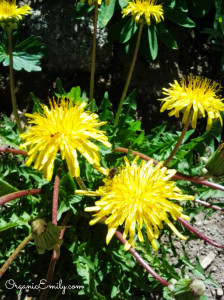
Dandelion – this flower is more than just a weed! It’s leaves are edible and sweetest before the flowers come on. It is a known diuretic and liver cleanser.
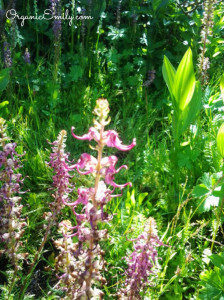
Elephant Flower – these little flowers are so fun! Can you see the resemblance of an elephant trunk?
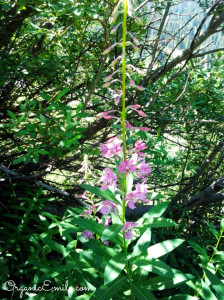
Fire Flower – this flower is the first to grow and bloom after a forest fire, hence it’s name!
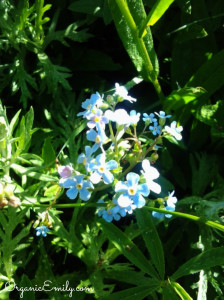
Forget-me-not – These dainty little blue flowers are so small they are almost forgotten. Look for some the next time you go hiking, they grow everywhere!
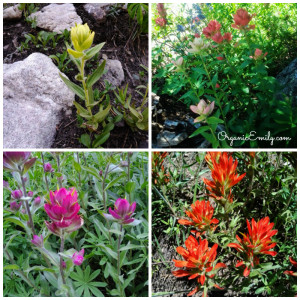
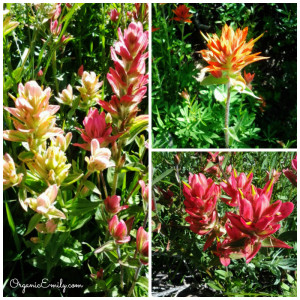
Indian Paintbrush – I have never seen such variety of Indian Brush in my life! Look at all the beautiful colors! Certainly one of my favorites!
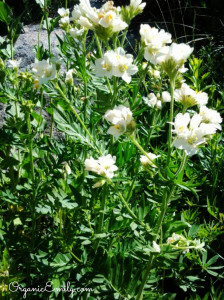
Jacob’s Ladder – this flower gets it’s name because of the way the leaves are placed along the stem going up like a ladder. It’s white flowers are very attractive too!
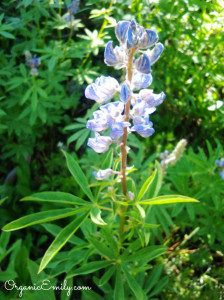
Native Lupine – this flower has a beautiful blueish purple blossom. You can always tell the plant is lupine from it’s 6 fanned leaves.
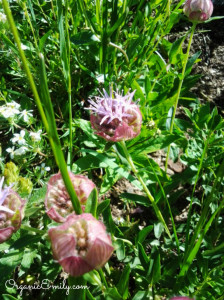
Mountain Bee Balm – I am not 100% sure this is wild bee balm, but it looks pretty close. You can see one of the buds blossoming. They almost look very closely related to a clover too.
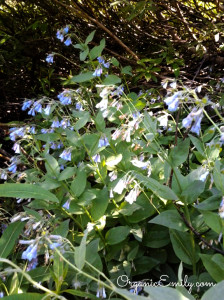
Mountain Blue Bells – These pretty little flowers grow best in dappled sun light and close to water. They come in blue and pink colors.
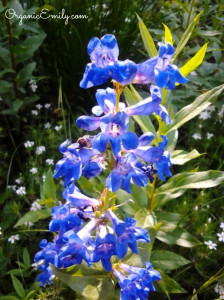
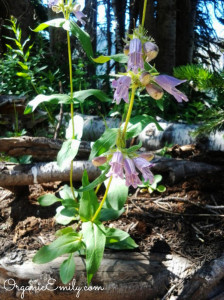
Penstamen – this plant has hundreds of varieties! They come in all shapes, sizes and colors! Google penstamen and see what you come up with!
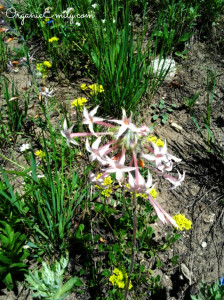
(Sky) Rocket Flower – perfect name don’t you think?
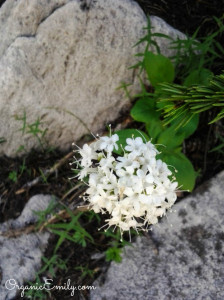
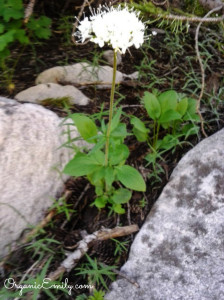
Valerian – this fragrant bundle of flowers is heavenly to behold! It’s roots are used medicinally as a sedative.
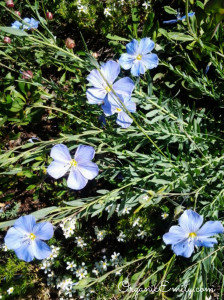
Flax – this flower grows natively all over Utah. It’s seeds are used for culinary purposes and have many health benefits.
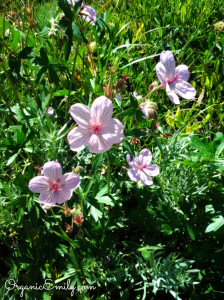
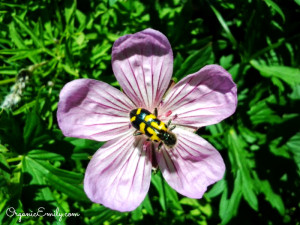
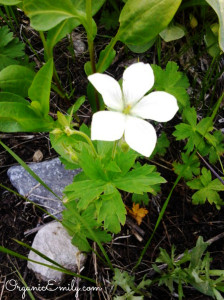
Wild Geranium – this flower comes in mostly white and purple, but you can occasionally find a pink one too.
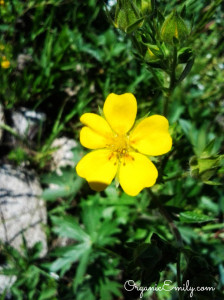
Wild Strawberry – this particular variety does not produce edible fruit.
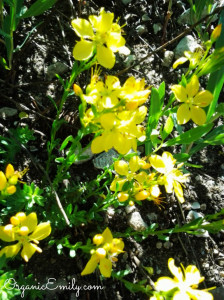
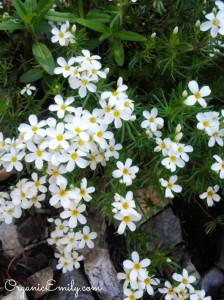
These are the two I didn’t have names for. The white ones were all over and the yellow were more rare. Do you know what they are?
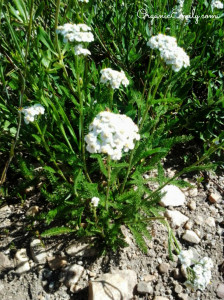
White Yarrow – the true yarrow grown wild all over the north west. It has been known medicinally to help with fevers, sweating and the common cold.


We finally made it to the top! Thanks for going along with us on our journey! Next time you go hiking, see how many wild flowers you can identify!


